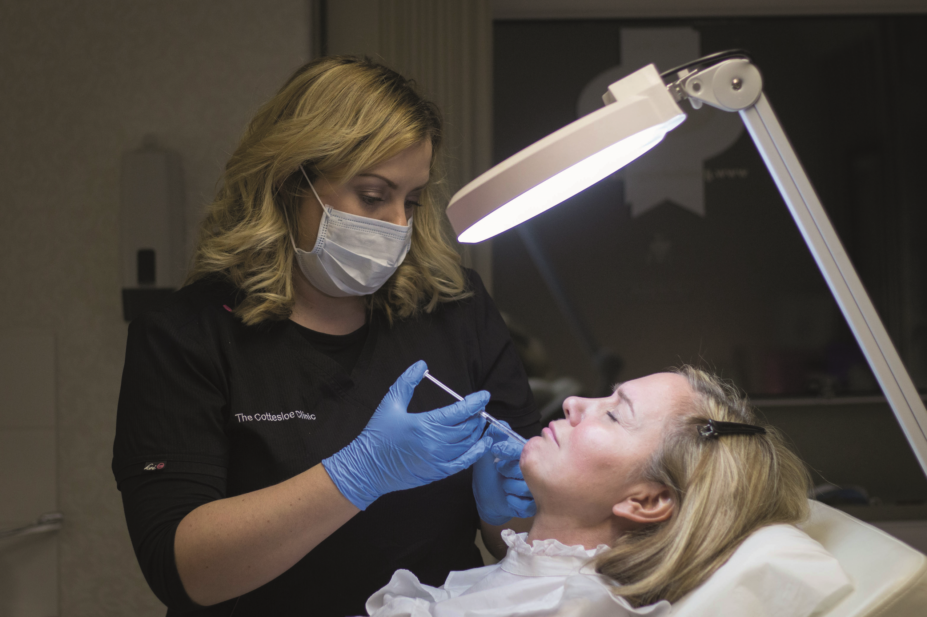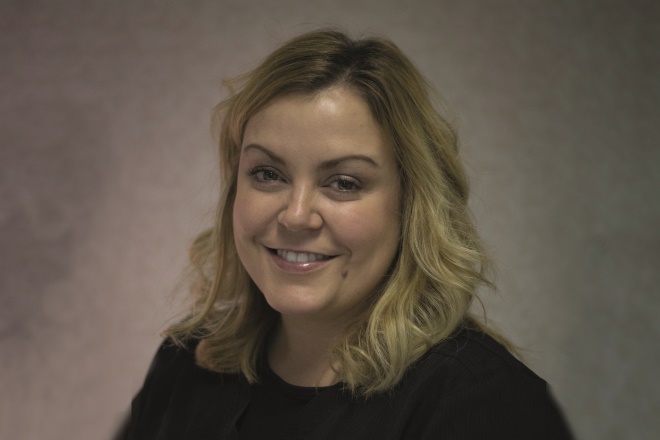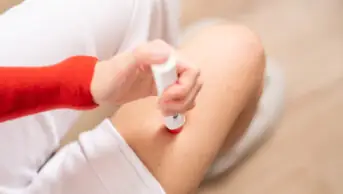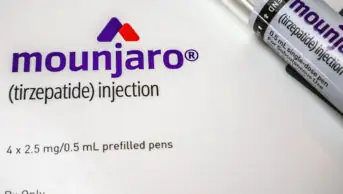
Elinor Wilby Photography
Inspired by celebrity trends and the pressure to look good, non-surgical cosmetic procedures are big business. UK private clinic comparison site WhatClinic.com received more than 584,000 visits to its medical aesthetics pages during 2016. According to the website’s figures, lip augmentation was the most popular procedure in 2016, followed by dermal fillers — with enquiries up by 24% — while enquiries about platelet rich plasma fillers increased by 56%.
With an increasing number of patients seeking less aggressive or invasive procedures, particularly those that are quick to administer and have faster recovery times, this demand is creating opportunities for pharmacists to use their clinical expertise to provide these aesthetic procedures. However, if you would like to offer these services, you must first meet a required level of training to perform them.
Self-regulation recommendations
Following the 2013 Keogh report into patient safety, the Royal Pharmaceutical Society (RPS), the professional leadership body for pharmacists in Great Britain, advised and endorsed the report on qualifications in the non-surgical sector, published by Health Education England (HEE), the organisation responsible for NHS workforce training and development in England.
This report was published in January 2016 and aimed to standardise training for all practitioners involved in providing and delivering these services.
Demand is creating opportunities for pharmacists to use their clinical expertise to provide aesthetic procedures
However, neither the HEE nor the Keogh report called for mandatory regulation of the industry, but instead recommended self-regulation and the principle of a ‘joint council’. Since 2016, the RPS has provided input on behalf of the pharmacy profession as part of a working group, to help establish a new Joint Council for Cosmetic Practitioners (JCCP).
The JCCP will be a fully independent organisation acting for patient safety and public protection, incorporating a wide range of aesthetic healthcare practitioners, but will not act to replace any existing regulatory frameworks. The JCCP is due to become operational in March 2017.
In the meantime, pharmacists wanting to carry out aesthetic procedures can still undertake a variety of training courses, but many practitioners feel the choice can be a minefield.
How one practitioner trained
Sophie Riddell is a specialist pharmacist prescriber and clinical director of the Cottesloe Clinic — offering advanced facial aesthetics and medical skin care in Cardiff and the Vale of Glamorgan. She is the founder of the Cosmetics Pharmacists Group UK, which aims to promote safe, ethical and evidence-based practice among pharmacist prescribers specialising in cosmetic medicine.

Source: Elinor Wilby Photography
Sophie Riddell, specialist pharmacist prescriber and clinical director of the Cottesloe Clinic, is also the founder of the Cosmetics Pharmacists Group UK, which aims to promote safe, ethical and evidence-based practice among pharmacist prescribers specialising in cosmetic medicine.
With 11 years’ clinical and pharmaceutical experience within the NHS, Riddell’s interest in aesthetics and dermatology began in 2004 when she completed a pharmaceutical master’s degree specialising in dermatological disease and its effect on quality of life. After becoming an independent prescriber in 2009, she continued to work as a specialist clinical pharmacist prescriber within the NHS as well as pursuing experience in non-surgical cosmetic procedures, training alongside surgeons and specialist nurses in this field.
Good education and appropriate supervision is fundamental to public safety
As an advocate for the importance of anatomical knowledge in aiding safe aesthetic practice, Riddell has concerns about how easily some non-surgical procedure training can be completed.
“Formally, you only need to attend a half-day training course to administer Botox and fillers,” she says, “but I think this is unacceptable. The necessary training obviously depends on a pharmacist’s prior experience, but in my opinion a pharmacist in this field should be a prescriber. This allows a practitioner to deal with any complications that could arise, be it infection or occlusion, during clinical practice. The General Medical Council produced guidance for doctors practising in aesthetics and I apply this in my practice. I also gained qualifications in facial anatomy, as I felt this would be beneficial.”
This level of knowledge goes far beyond what the aesthetics sector requires, but Riddell believes that although the HEE recommendations are only voluntary, they are a step in the right direction. “While no one can expect change overnight and we are still waiting to see the impact, we can all appreciate that good education and appropriate supervision is fundamental to public safety,” she says, adding: “We all have a responsibility to respect these standards and play our part in their successful implementation.”
Challenges to provision
Pharmacist Davina Gadhia is also an independent prescriber, and director of Mirror O Mirror aesthetics clinic in Leicester, which specialises in wrinkle reduction treatment, dermal fillers, skin hyperpigmentation and anti-ageing treatments. For Gadhia, working in aesthetics was “the natural progression” as she could couple her prescribing with a keen interest in aesthetics.

Source: Courtesy of Davina Gadhia
Davina Gadhia, also an independent prescriber, describes working in aesthetics as “the natural progression” as she could couple her prescribing with a keen interest in aesthetics.
However, she says that this hasn’t been easy, as when she started out, there were only a limited number of companies training pharmacists and obtaining adequate insurance was difficult. On the plus side, following HEE input in 2015, she says: “There were drastic changes and pharmacists became recognised practitioners in the aesthetics industry. This led to more training academies and more insurance companies becoming available to choose from.”
Nonetheless, Riddell believes that selecting a reputable training provider can still be a challenge, and offers five pieces of advice:
- Don’t shop for the cheapest
An experienced practitioner should provide the training and enable you to have sufficient hands-on practice, using products (that have to be paid for) with direct supervision, a limited number of delegates (no more than four per trainer) and plenty of suitable models. Delivering this level of quality training is expensive, but undertaking a cheap course will probably leave you feeling completely unprepared.
- Don’t be dazzled by impressive titles or claims
There are no formal standards or accreditation for these courses at present, and ‘academy’ and ‘institute’ are self-awarded titles. All courses claim to use ‘experienced’ or ‘expert’ trainers, but again these claims are easily made and impossible to qualify. Ask about the qualifications and experience of the trainers; they should work full time in aesthetics and preferably have experience of running their own clinics. Look at testimonials and, if possible, verify a couple of them.
- Recommended by insurers
Insurers will recommend any training providers who are insured by them, and while it is certainly important that the training provider has insurance, this is not in itself a reliable indication of quality. However, it does mean that a certificate from an approved provider will enable you to become insured to provide that treatment.
- Be realistic
A one-day course is not going to deliver a comprehensive transfer of knowledge and expertise sufficient for you to feel both competent and confident to launch a successful practice or introduce these procedures.
- Practise
The skills you will learn on the day will need to be practised. Arrange to practise treatments on friends, family and colleagues. If you have no one to treat, consider delaying training until you do. Without practice you will have no means to achieve any return on investment, you will lose confidence and find yourself revisiting (and paying again) for more training.
Benefits both ways
With non-surgical cosmetic and beauty procedures a growing business sector, Riddell believes independent prescribers are ideally placed to make the most of the opportunities on offer. “The independent prescribing programme teaches a wide range of transferrable medical skills, including consultation, assessment, consent, history taking and anatomical examination skills,” she says, “so being an independent prescriber also helps to ensure a higher level of practice and responsibility within the field of facial aesthetics.”
In terms of patient benefit, Gadhia says her patients give her positive feedback and say they trust a pharmacist to deliver these services: “Patients feel they are in safe hands because pharmacists consider patient safety and are experts in medicines, including their possible interactions, and there are strict protocols in place to ensure patient safety is at the heart of what pharmacists do.”
By ensuring both clinician and patient have the same goals, expectations can be met
However, Riddell stresses that “it is important not to let financial motivation cloud your clinical judgement or adversely affect clinical care”. Riddell always ensures patients are aged over 21 years, as she feels they have a more appropriate body image, and she also makes sure they have realistic financial and clinical goals.
“These treatments can be costly and it’s important to frankly discuss budget with anyone wanting a desired look,” she says. “Some patients may not be financially able to reach their goal and so to begin progression towards it would inevitably result in dissatisfaction when a result cannot be achieved. By ensuring both clinician and patient have the same goals, expectations can be met, and patients feel informed and in control of their treatment plans. Signposting patients to Save Face, a centralised register of accredited practitioners and premises, can also ensure their sense of security about their treatment.”
As ever, the reputation of the pharmacy profession is at stake. According to Riddell: “Many other healthcare professionals, such as doctors, dentists and nurses, do not agree that pharmacists should be able to practise non-surgical cosmetic procedures. This means pharmacists must ensure that practice within the field of non-surgical cosmetics is to the highest of standards and are retained within the specialist clinical setting to which they belong.”
Reading this article counts towards your CPD
You can use the following forms to record your learning and action points from this article from Pharmaceutical Journal Publications.
Your CPD module results are stored against your account here at The Pharmaceutical Journal. You must be registered and logged into the site to do this. To review your module results, go to the ‘My Account’ tab and then ‘My CPD’.
Any training, learning or development activities that you undertake for CPD can also be recorded as evidence as part of your RPS Faculty practice-based portfolio when preparing for Faculty membership. To start your RPS Faculty journey today, access the portfolio and tools at www.rpharms.com/Faculty
If your learning was planned in advance, please click:
If your learning was spontaneous, please click:


